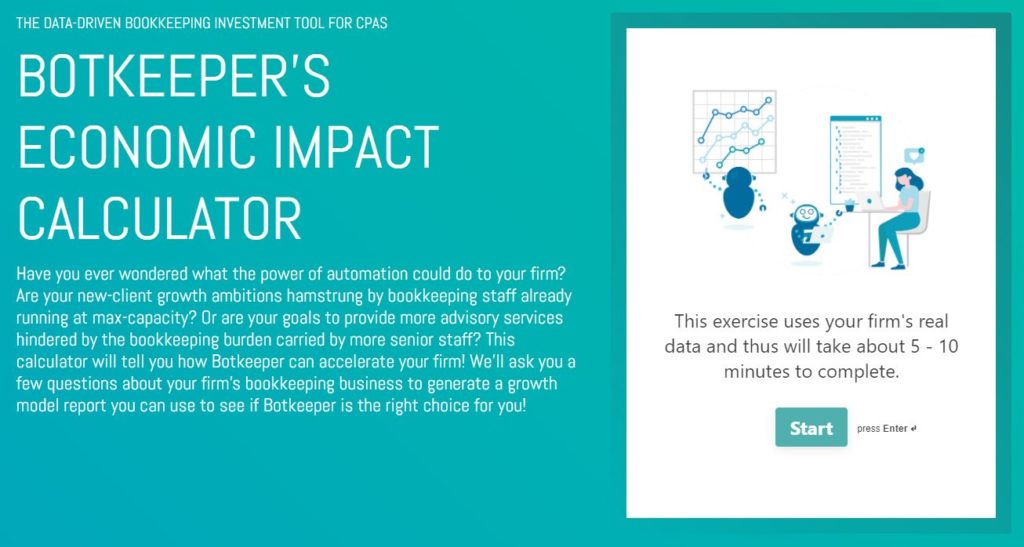How Did You Come To Crayon?
When I’m looking for a job, I typically look for companies where I can be the end user of the product, or at least heavily relate to the end-user and the problems they are trying to solve.
Competitive intelligence impacts every part of the organization, and marketing (mostly product marketing) is typically responsible for it in some shape or form.
I was also a customer of Crayon at a previous company, and was extremely impressed by the data it was able to gather across millions of sources. I really had never seen anything like it.
So I jumped at the chance to join Crayon’s marketing. Today, I’m responsible for the demand generation/revenue funnel.
We’re a happy and scrappy team of 3 people, so on any given day I can be writing a blog post, optimizing our website for search and conversion, putting together sales enablement material like one-pagers or battlecards, or running a large-scale campaign like our bootcamps. It’s never easy or dull, but it’s always fun.
What does Crayon do?
Every company cares about their competitive landscape, but they’ve never had a good way to stay on top of it. Historically competitive intelligence has been entirely human-driven—manual, expensive, and slow.
Crayon is a software-driven market and competitive intelligence platform that enables businesses to capture, analyze, and act on market movements from their competitive landscape.
Crayon automatically tracks each competitor’s entire digital footprint across hundreds of data types, and enables professionals to deliver insights to internal stakeholders through battlecards, dashboards, reports, newsletters, alerts, and more.
What I love most about Crayon is that it’s focused on driving impact across the entire organization. We’re not simply focused on helping one team or another. Crayon uses CI to drive impact across teams—we help sales win more deals, product develop their roadmap, marketing refine their messaging/run better campaigns, inform executive strategy, and so on.
What’s your inbound customer journey?
We follow the typical inbound customer journey—Attract, Convert, Close, Delight.
Content is the lifeblood of inbound marketing, so 4 years ago we started creating tons of genuinely helpful content for buyers. We focused on how to solve their problems, how we can make them better at their job, and then mapped that content to the Buyer’s Journey (Awareness, Consideration, Decision).
We put a lot of our effort—and still do—into being found. We started with a simple SEO strategy and then built tons of helpful content on top of that to grow our following. Nothing super fancy—just good old fashioned inbound marketing.
The most important thing we did was making sure the content we were creating was genuinely helpful, which I think is what lots of marketers lose sight of—especially if you’re trying to grow very quickly. If you’re simply targeting keywords but your content sucks, you’ll lose people quickly and your rankings will likely suffer anyway.
To keep these leads engaged and bring them to close, we continue to serve them helpful, relevant email content based on their previous behavior and where they are in the Buyer’s Journey. We also segment by persona to make sure we’re speaking directly to the problems they are trying to solve.
What are your most successful inbound marketing practices?
SEO and content marketing are by far our best channels, and what makes them the most effective is because it strikes at the core of inbound marketing itself—you are pulling people to you by providing helpful solutions to the problems they are actively looking to solve.
Another thing that makes any channel effective is simply investment—both time and money. If you “kind of” do SEO and content marketing then you “kind of” get results. You have to commit to it.
Over time, the fruits of our labor have born over 15,000 blog subscribers. It’s the biggest CI blog in the industry, and we’re only making it bigger. Organic search also contributes heavily to our bottom-line success as a business.
Beyond the numbers, the most gratifying aspect of inbound marketing is when we have a prospect or customer write to us and tell us that a certain piece of content we produced genuinely helped them, and they applied the practices to become better at their job. The numbers are always great, but the impact you have on people’s day-to-day lives is by far the most satisfying result from inbound marketing.
What’s your advice for startups just beginning inbound marketing?
Start simple. There is so much out there on inbound and there has been a lot of development since HubSpot began preaching it back in 2006(ish)—it’s tempting to jump into advanced stuff really quickly.
Start by figuring out the problems your customers are solving with your solution. Extrapolate that into keyword research, then begin creating content built around genuine prospect needs.
Another small piece of advice—move fast and learn quickly.
What’s your advice for startups taking their inbound marketing from intermediate to advanced?
While you should have multiple channels, I think the key to getting “advanced” with inbound is getting extremely good at one channel.
If Organic Search is going to be your channel, then be the absolute best at SEO in your industry, then do all the things SEO requires and then some—the pillar pages/topics/clusters, the really technical parts of SEO, and so on.
Once you really nail a channel, start layering on new ones (e.g. paid social).
Where is the future of inbound marketing going?
First, I’d say we’ll eventually see companies fully ditch the traditional funnel in favor of the flywheel.
While Customer Marketing has been around for awhile, it’s become much more prevalent in recent years and companies are realizing that delighting your customers is not just a key differentiator, but also a massive revenue driver—both for upsell/retention and new business.
HubSpot introduced the flywheel a couple of years ago (2018, I think?), so I’d give it a few more years until it’s simply the norm.
Where can people learn more about you and Crayon?
You can find Lauren Kersanske here and see Crayon on LinkedIn.
And if you really want to know the heart and soul of Crayon, read (and subscribe!) to our blog. We have the biggest CI blog out there today (15k+ subscribers) and we’re always putting out new content that helps our readers use CI to make an impact in their organization.




